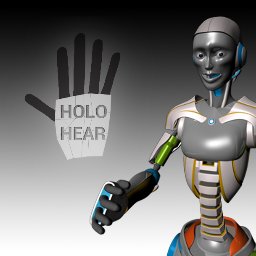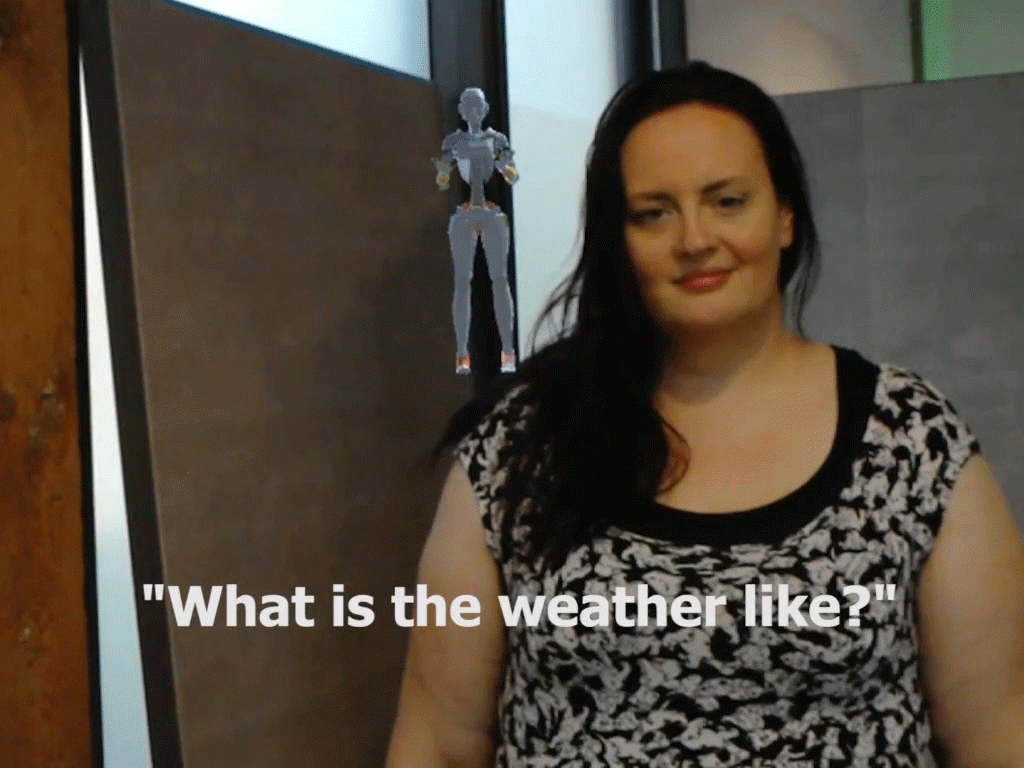Published · Updated
Google Translate is an extremely useful tool, but it doesn’t work for every language.
American Sign Language is absent from Google Translate, but an experimental HoloLens mixed-reality app called HoloHear provides a rough-around- the-edges translation method for the deaf and hard-of- hearing.

Created at the Microsoft HoloLens Hackathon in San Francisco a few years ago, HoloHear takes what a person says and translates it into ASL using a three-dimensional model on the HoloLens headset screen. There is a bit of a delay, but the feedback is reasonably close to real-time.
HoloHear has two available modes: listen mode and learning mode. Listen mode allows deaf people to process and understand the speech that is spoken to them. In learning mode, a hearing person can reverse the HoloHear function and learn which words to say based on what they are speaking out loud.

HoloHear does have its share of setbacks, from its rough nature to the fact that HoloLens is a very expensive product that isn’t available to consumers yet. However, HoloHear is a good example of how certain virtual-, augmented- and mixed-reality apps and devices sometimes work to make a person more isolated instead of less.
HoloHear is only a prototype and not available to the public.
Tags: #ALS#deaf#digitalhealth#futureofhealthcare#healthiAR#medtech#mixedreality#MR#signlanguage#XRhealthhololens
by Angie Banuelos · Published March 19, 2018 · Last modified March 12, 2018
by kristi · Published June 29, 2017
by kristi · Published March 13, 2017 · Last modified March 15, 2017
More
Branded Experiences / Device/Demonstration / HTC Vive / Neurology / Oculus Rift
28 Oct, 2016
Clinical Utility / Microsoft HoloLens / Neurology / Surgery
26 Oct, 2016
What do you think?
You are the first to add a thought